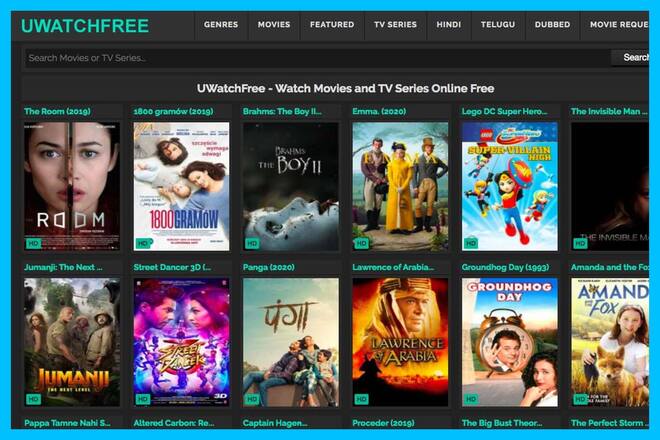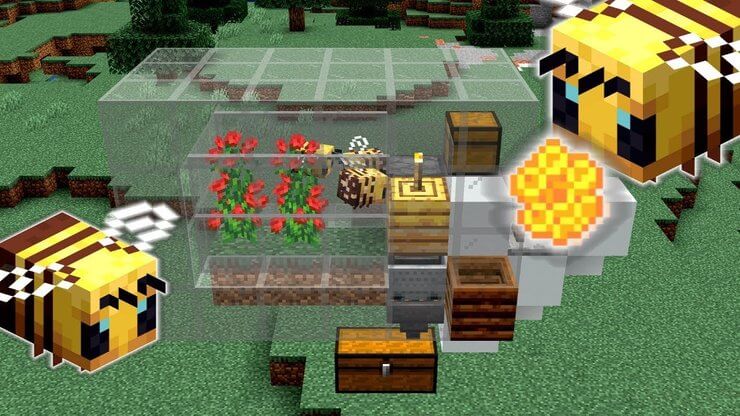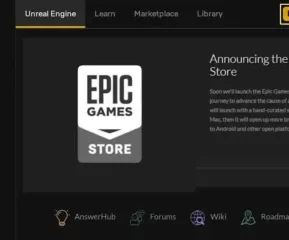Apple has been dominating a number of different prestigious success lists, and in 2018 it was among the top five world’s most loved brands. At the same time, the tech giant sat on the throne of yet another chart – the one dealing with brand intimacy.
According to the millennial audience, Apple makes them feel special and its power lies in its product design, functionality, and marketing. In a nutshell, they nurture and pamper their customers.
4 Tools to improve Customer Experience

But how did this company go from a failure it had been in the 1990s to one of the most valuable and beloved brands?
The man who’s responsible for this transformation is Steve Jobs, and one of his quotes reveals the secret to Apple’s success,
“You’ve got to start with the customer experience and work back toward the technology, not the other way around.”
But how do you make sure that your customer service is superb?
Luckily, there are tools that you can use to thrill your prospects and make them happy.
1. Customer Service Apps
Keeping the lines of communication open with your customers and prospects is essential for staying in touch with them and building loyalty.
There are numerous channels that you can use to hear their say, answer their questions, and hear their complaints, but this abundance has created a new problem – it can be hard to track all the conversations on Twitter, Facebook, phone, email, IMs, and chat.
That’s where Desk.com comes in to connect all these channels into one inbox so that you and your team can keep an eye on all these threads and respond in a timely manner.
Apart from such a simple and straightforward customer service tool, there are others that encompass an entire suite of features for creating an enjoyable in-store experience.
For example, Starbucks Card Mobile app offers customers a personalized experience and numerous perks, including walletless payments, earning and tracking rewards, sending gift cards, and having your order ready by the time you arrive in the store.
Given that many people actually hate waiting in line to pick up their coffee in the morning, this app removes the friction and allows for a seamless experience. Points and rewards are there to build loyalty and make customers come back to spend more.
As you can see, having custom apps built can be a game changer instrumental in retaining your existing customers and attracting the new ones, so it’s worth investing in.
2. Location-Based Service Apps
Such apps are taking personalization to a new level by filtering the offers that are interesting and relevant to their users from different areas.
Home Depot, for example, leverages location in order to recommend their design trends and products. In other words, people from California and Connecticut won’t receive the same recommendations.
Besides, the home-improvement company also gives its customers an opportunity to browse their real-time inventory in every store, as well as to check the prices. Another interesting feature is “pay online and pick up your goods in a physical store.”
Their stores are geofenced, which means that the moment a customer enters, the app automatically switches to an in-store mode and shows where a particular product that the customer wants to purchase is located.
Geofencing also engages customers, improves satisfaction, and increases purchases through in-store gamification.
This practice turns the whole shopping experience into a game, and American Eagle, the US retailer, incentivizes try-ons by giving customers who decide to see how other items fit them and receive additional points.
Not only is this a fun way of interacting with their customers, but it also increases the likelihood that people will actually decide to purchase some of the clothes they try on.
3. Feedback Tools
Knowing what your customers think about your company and products is essential for preventing customer churn.
So, comments, reviews, and opinions both good and bad are essential for the growth of your business.
But, the thing is that 91% of customers who aren’t happy with a brand simply leave without complaining. But, this doesn’t have to be like this and you don’t have to scratch your head as of why a particular customer decided to stop purchasing from you.
You’ve probably heard of Survey Monkey as this is one of the most popular feedback tools. You can pick from approximately 15 types of questions, and set up a survey that will provide you with a valuable insight into what your customers like and don’t like about your company.
Just make sure that you don’t get carried away and turn your surveys into lengthy questionnaires that take a lot of time to complete because people won’t tolerate more than a couple of pretty straightforward questions.
These findings will help you improve your product features, customer service, or anything else that your customers aren’t satisfied with.
4. Customer Support Tools
Chatbots are the future of customer support and if don’t use these smart algorithms on your website, you’re missing out on all numerous business opportunities – sometimes a simple answer to a question about a feature can be a crucial point which will get a prospect to make a purchasing decision and convert.
But your customer support reps and live chat can’t serve all your prospects at the time convenient to them. But, a chatbot will. This piece of advanced code is available 24/7 and it can communicate with a number of different customers at the same time.
Needless to say that this availability and troubleshooting assistance at all times are make-it-or-break-it factors for speeding up the sales cycle.
Messenger bots are another kind of chatbots used on social media channels, Facebook in particular.
Some brands take this to an entirely new level by combining AI and AR with their chatbots to provide a distinctive experience to their customers.
Sephora Virtual Artist is one of these advanced apps, and it’s capable of credibly simulating how a certain lipstick or eye shadow shade will look on you. You can upload your selfie to the app and pick different kinds of makeup to see whether you like how they look on you.
Such an app is something that brings online shopping closer to consumers who are reluctant to purchase items they haven’t tried on.
An increasing number of brands are developing these convenient augmented reality chatbots to attract their customers and really help them identify the product that will best fit them.
In a world so full of different choices and options, brands need to go out of their way to make their customers happy.
And the only way to do that is to double down on their customer experience improvement efforts. These tools can help you automate and streamline this important segment of the customer journey and improve your conversion rate.
- 4 Tools to Nail Your Customer Experience - June 20, 2019




